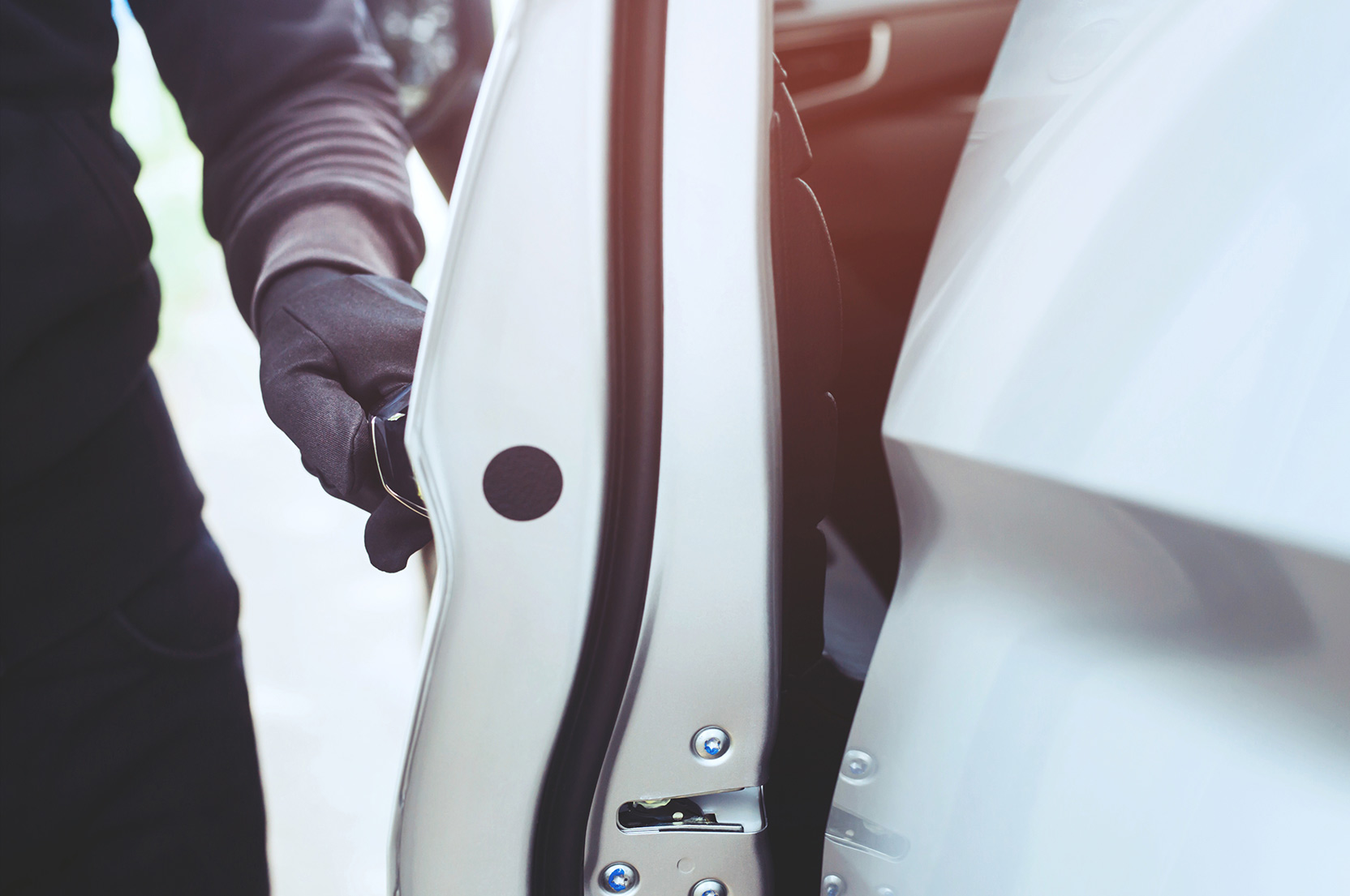Keyless car theft on the increase

The number of claims paid out by insurers for motor theft is the highest it’s been since 2012, with a claim being made to a victim of car crime every 8 minutes, according to figures from the Association of British Insurers.
The Home Office reported a 50% increase in vehicle thefts over the last five years, with around 56,000 vehicles stolen each year, partly due to the fact that car thieves are able to bypass keyless technology. Figures released in 2020 show a 22% increase on the previous year, with the cost of insurance payouts reaching £108m.
While car security has improved dramatically, the rising number of claims reveals the vulnerability of cars to keyless relay theft and manufacturers need to keep pace with the ingenuity of car criminals to ensure vehicles are less exposed to hacking. Car owners, too, can take some simple, inexpensive precautions.
What is keyless car theft?
Keyless cars don’t have a traditional metal key to open the door. Instead, they use a digital fob, card or smartphone app that emits a short-range ‘friendly’ radio signal, which the digital key inside the car recognises and allows the doors to be unlocked or the ignition fired up using a start button.
Keyless car theft is when a thief steals your car without possessing the original fob or card and tricks the car into believing the digital key is being used. There are several ways to do this:
- Signal Relaying - a wireless transmitter is held up to the front door or window of your house, capturing the signal from the digital key and relaying it to your vehicle
- Signal Jamming - a device jams the signal that locks the car, so it’s left unlocked
- Key Programming - a blank key fob is programmed by plugging a device into the vehicle’s diagnostic port, usually in the front footwell (takes around 14 seconds)
- Close Range Testing - the proximity of the keyless fob in your house leaves doors unlocked
- Code Grabbing - a device is used to capture the signal and calculate the unlock code
- App Hacking - if your vehicle is connected to your smartphone, thieves could discover your password and control your car via their own phone.
What can you do to protect your vehicle?
While manufacturers are constantly looking for ways to improve the security of vehicles, there are a number of basic steps that car owners can take to protect their vehicles:
- When locking your car, make sure the indicators flash and listen for the clunk of the locks
- Find a safe place in your home for your key fob, out of sight and out of range, preferably in an aluminium tin or signal blocking box. When out and about, carry your key fob in a shielded wallet or aluminium tin – either use a Faraday pouch or wrap your fob in tin foil
- Use an old-fashioned steering lock when your car is parked, making driving away almost impossible
- Fit a tracker (essential if the car is valuable and a condition of your insurance policy), enabling the car to be followed via GPS if stolen
- If you can, switch off the key fob at night (If it’s fitted with a motion sensor, it will stop transmitting a signal if left idle for a certain amount of time)
- Consider using a CCTV camera or smart doorbell
- Install the latest software on your vehicle - use a sim card or download updates from manufacturer websites and transfer via USB
- Keep your car in the garage.
To discuss any aspect of your motor insurance, please don’t hesitate to contact us, and we will be happy to advise. Call us on 01992 703 007 or email: insurance@nlig.co.uk
Sources:
Motor insurance World: Insuring sustainable mobility for tomorrow’s customer
The Sunday Times: Driving - Keyless car theft prevention

